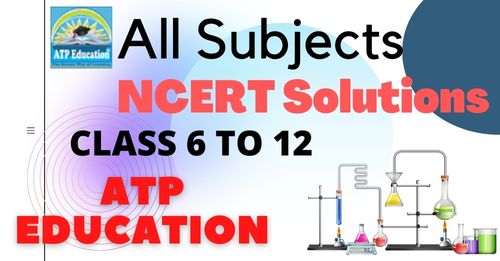1. Nutrition In Plants Science Class 7 In English Medium Ncert Book Solutions Chapter Review
1. Nutrition in Plants : Chapter Review Science class 7th:English Medium NCERT Book Solutions
NCERT Books Subjects for class 7th Hindi Medium
Chapter 1. Nutrition in Plants Chapter Review: NCERT Book Solutions for class 7th. All solutions and extra or additional solved questions for 1. Nutrition in Plants : Chapter Review Science class 7th:English Medium NCERT Book Solutions.. All ncert books and cbse syllabus are solved chapter by chapter and also exercise within chapter and exercise solved by our expert in Hindi and English Medium for studends.
NCERT books solved questions and answers 1. Nutrition in Plants, 1. Nutrition in Plants solved questions and answers, 1. Nutrition in Plants in english Medium, NCERT Book Solutions for 7 Science, chapter and excercise for Science-Chapter Review, NCERT Book Solutions for class 7th, Science, Science class 7th, class 7th Science, All solutions and extra or additional solved questions for 1. Nutrition in Plants, Science 1. Nutrition in Plants, Chapter Review, Science class 7th, English Medium NCERT Book Solutions
1. Nutrition in Plants
Chapter Review
Important Points:
Chapter-Review:
- Sun is the ultimate source of energy for all living organisms.
- The synthesis of food occurs in the presence of sunlight, it is called photosynthesis.
- The leaves have a green pigment called chlorophyll.
- Chlorophyll helps leaves to capture the energy of the sunlight.
- Carbon dioxide and water are the raw materials for photosynthesis.
- Oxygen which is essential for the survival of all living organisms is produced during photosynthesis.
- Plants prepare carbohydrates during photosynthesis as food.
- Presence of starch in leaves indicates the occurrence of photosynthesis.
- The carbohydrates are made of carbon, hydrogen and oxygen.
- Soil has certain bacteria that convert gaseous nitrogen into a usable form and release it into the soil.
- Insect-eating plants are called insectivorous plants.
- Some organisms live together and share shelter and nutrients. This is called symbiotic relationship.
- Lichens are the example of symbiotic relationship.
- Carbohydrates, proteins, fats, vitamins and minerals are components of food.
- Components of food are necessary for our body and are called nutrients.
ATP Educationwww.atpeducation.com ATP Education www.atpeducation.com
ATP Education
See other sub-topics of this chapter:
1. Chapter Review class 7 Chap-1. Nutrition in Plants
2. Text-book Questions (Exercise) class 7 Chap-1. Nutrition in Plants
3. Additional Short Answered questions class 7 Chap-1. Nutrition in Plants
4. Additional long-Answered Questions class 7 Chap-1. Nutrition in Plants
Advertisement
NCERT Solutions
Select Class for NCERT Books Solutions
Notes And NCERT Solutions
Our NCERT Solution and CBSE Notes are prepared for Term 1 and Terms 2 exams also Board exam Preparation.
Science Chapter List
1. Nutrition in Plants
2. Nutrition in Animals
3. Fibre to Fabric
4. Heat
5. Acids, Bases and Salts
6. Physical and Chemical Changes
7. Weather, Climate and Adaptations of Animals to Climate
8. Winds, Storms and Cyclones
9. Soil
10. Respiration in Organisms
11. Transportation in Animals and Plants
12. Reproduction in Plants
13. Motion and Time
14. Electric Current and its Effects
15. Light
16. Water : A Precious Resource
17. Forests: Our Lifeline
18. Wastewater Story


